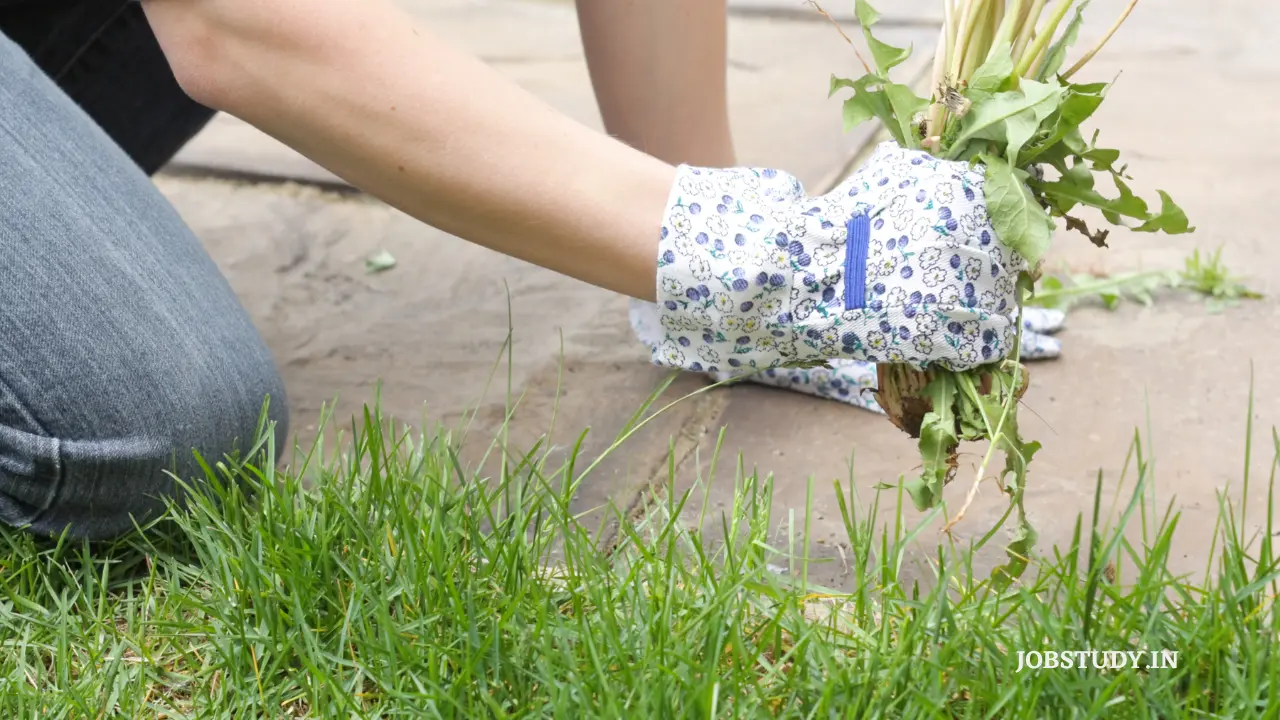Weeds are a nuisance to gardeners, farmers, and homeowners alike. These unwanted plants compete with desirable plants for nutrients, light, and water, which can lead to reduced yields and diminished plant health. Weeds can also be unsightly, spoiling the appearance of a garden or landscape. In this article, we will discuss what weeds are, why they are problematic, and how to control them.
Definition of Weeds
Weeds are plants that grow in areas where they are not wanted. This definition is somewhat subjective, as what one person considers a weed may be desirable to another. For example, some people consider dandelions to be weeds, while others appreciate their cheerful yellow flowers and use their leaves in salads. Generally, however, weeds are plants that are invasive, aggressive, and difficult to control.
The Problem with Weeds
Weeds can cause a number of problems in gardens, farms, and other areas where plants are grown. They can compete with desirable plants for resources such as water, light, and nutrients, which can result in reduced yields and diminished plant health. Weeds can also harbor pests and diseases that can spread to other plants, and they can be unsightly, spoiling the appearance of a landscape.
Types of Weeds
There are two main types of weeds: annual weeds and perennial weeds.
Annual Weeds
Annual weeds are plants that complete their life cycle in one year. They grow from seed, flower, produce more seed, and then die. Annual weeds are often the first weeds to appear in a garden or field, as they are usually quick to germinate and grow. They can be especially problematic in vegetable gardens, where they can quickly take over if not controlled.
Examples of Annual Weeds
Some common examples of annual weeds include:
- Chickweed (Stellaria media)
- Crabgrass (Digitaria spp.)
- Purslane (Portulaca oleracea)
- Pigweed (Amaranthus spp.)
- Spurge (Euphorbia spp.)
How to Control Annual Weeds?
Annual weeds can be controlled by a variety of methods, including hand-pulling, hoeing, and mulching. Hand-pulling is the most labor-intensive method, but it is also the most effective for small areas or for removing individual plants. Hoeing is a good method for larger areas, as it can quickly remove young weed seedlings before they have a chance to establish. Mulching can be effective for suppressing weed growth and conserving soil moisture, but it should be used in conjunction with other control methods.
Perennial Weeds
Perennial weeds are plants that live for more than one year. They can be especially difficult to control, as they have extensive root systems that can store nutrients and energy for future growth. Perennial weeds can spread quickly and establish dense colonies, which can be challenging to eradicate.
Read Also:- Motivational Quotes for Students to Study Hard
Examples of Perennial Weeds
Some common examples of perennial weeds include:
- Bindweed (Convoluted)
- Canada thistle (Cirsium arvense)
- Creeping Charlie (Glechoma hederacea)
- Dandelion (Taraxacum officinale)
- Quackgrass (Elymus repens)
How to Control Perennial Weeds?
Controlling perennial weeds requires a long-term strategy, as they are persistent and difficult to eliminate. Some effective control methods include digging them up, cutting them back, and using herbicides. Digging up perennial weeds can be effective if the entire root system is removed, but it can be time-consuming and labor-intensive. Cutting them back can help to weaken the plant, but it may need to be repeated multiple times to be effective. Herbicides can be effective for controlling perennial weeds, but they should be used carefully to avoid damage to desirable plants.
Cultural Control of Weeds
Cultural control of weeds involves modifying the growing conditions to make them less hospitable to weed growth. This can include practices such as crop rotation, planting cover crops, and maintaining healthy soil. By creating an environment that is more favorable to desirable plants, cultural control methods can help to reduce weed pressure.
Mechanical Control of Weeds
Mechanical control of weeds involves physically removing them from the growing area. This can include methods such as hand-pulling, hoeing, and mowing. Mechanical control methods can be effective for small areas or for removing individual plants, but they can be time-consuming and labor-intensive for larger areas.
Chemical Control of Weeds
Chemical control of weeds involves the use of herbicides to kill or suppress weed growth. Herbicides can be effective for controlling both annual and perennial weeds, but they should be used carefully to avoid damage to desirable plants. It is important to choose the right herbicide for the target weed, as different herbicides are effective against different types of weeds.
Integrated Weed Management
Integrated weed management involves combining multiple control methods to create a comprehensive strategy for controlling weeds. By using a combination of cultural, mechanical, and chemical control methods, integrated weed management can be more effective than using any one method alone. It can also help to reduce the risk of developing herbicide-resistant weeds.
Conclusion
Weeds can be a major problem in gardens, farms, and other areas where plants are grown. Controlling weeds requires a combination of methods, including cultural, mechanical, and chemical control. By using an integrated weed management approach, it is possible to reduce weed pressure and promote the health and productivity of desirable plants.
What are Weeds? How Can We Control Them? FAQs
Why are weeds a problem?
Weeds can compete with desirable plants for resources, harbor pests and diseases, and be unsightly.
What is the difference between annual and perennial weeds?
Annual weeds complete their life cycle in one year, while perennial weeds live for more than one year.
How can I control weeds without using chemicals?
Cultural and mechanical control methods can be effective for controlling weeds without using chemicals.
How do I choose the right herbicide for controlling weeds?
It is important to choose the right herbicide for the target weed, as different herbicides are effective against different types of weeds.
What is integrated weed management?
Integrated weed management involves combining multiple control methods to create a comprehensive strategy for controlling weeds.






